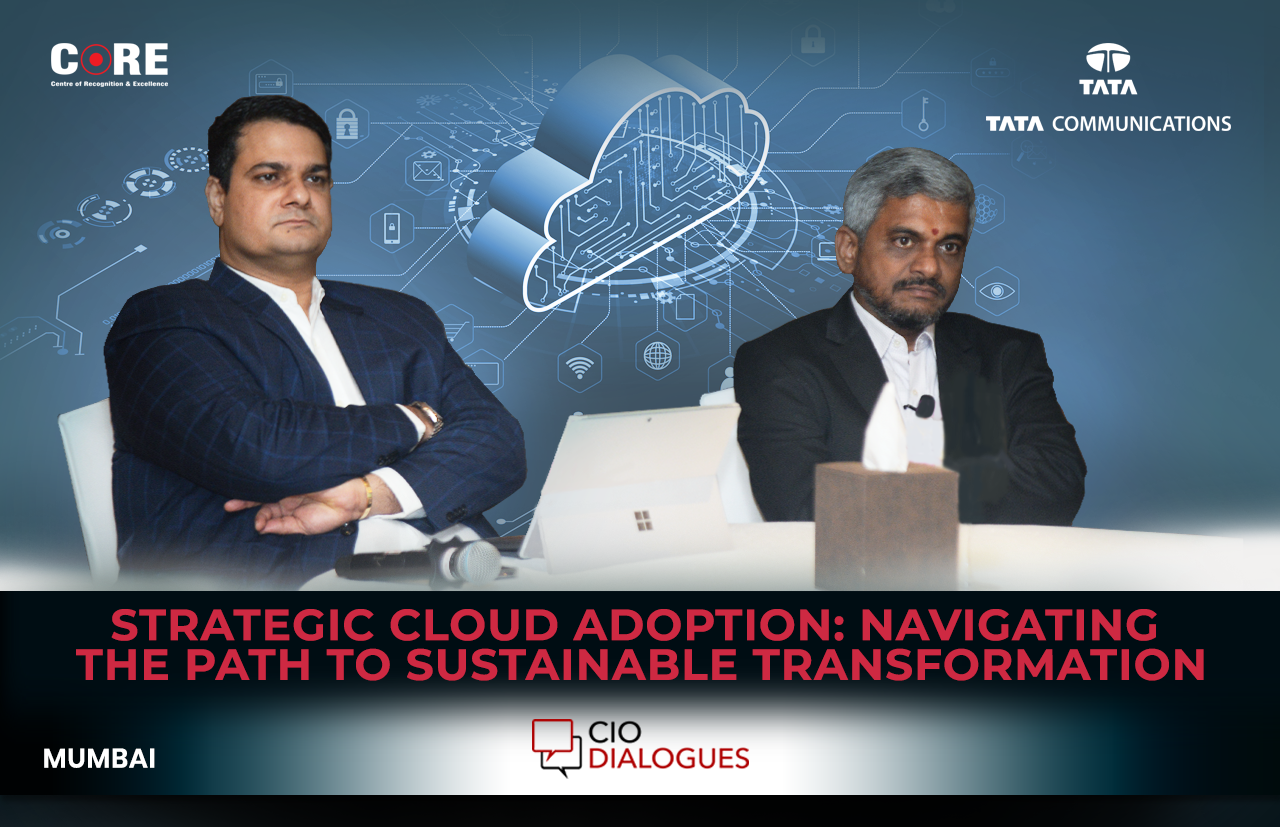While cloud adoption has played a pivotal role in digital transformation initiatives in recent years, many businesses are now grappling with the realization that the full spectrum of expected benefits may not materialize solely through public cloud deployments. This realization stems from a confluence of factors, ranging from escalating costs to persistent security and compliance concerns.
In response to operational challenges arising from unoptimized cloud presence, enterprises are now embracing a data-driven approach. This involves a comprehensive evaluation of workloads and virtual machine sprawl, paving the way for strategic optimization.
CORE Media arranged a closed door session for technology leaders and Tata Communications leadership to discuss insights and strategies for secure cloud adoption for continued business growth. The session also focused on understanding the challenges faced by a target set of top CIOs in building a robust cloud adoption strategy.
Anoop Mathur, Founder, CORE Media initiated the conversation with Sridhar S, Vice President, Managed Services – Cloud, Hosting & Security, Tata Communications by discussing cloud and on-premises infrastructure and the need for a robust environment in today’s digital world.
The session offered perspectives on the existing hurdles that enterprises encounter, including the intricacies of change management, addressing skills gaps, and identifying the right solution partners. CIOs are actively formulating strategies for workload migration, considering options such as embracing private cloud solutions or leveraging on-site infrastructure. The ultimate objective is to achieve heightened data control, optimize costs, and enhance access management efficiency.
CIOs are exploring cloud repatriation as a strategic choice to address distinct operational challenges. However, its applicability as a solution is not universal and depends on various factors, including workload types, compliance needs, and the overall IT strategy. Despite the potential benefits, repatriation brings forth challenges such as managing on-premises infrastructure and ensuring adequate resources for repatriated workloads. Additionally, the cost-effectiveness of repatriation can vary based on specific circumstances.


